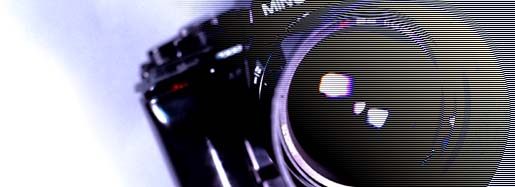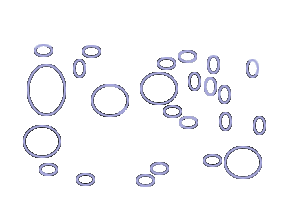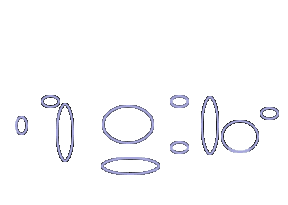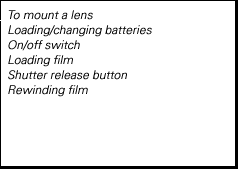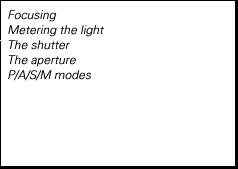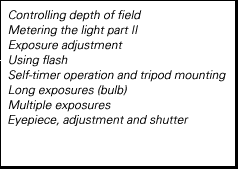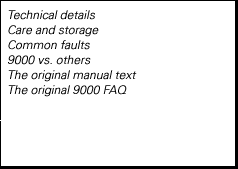Loading film
- Switch the camera on. Then open the back cover by pulling up the back release while sliding the lock release to the right.
- After placing the film cartridge in the film chamber, push the back release all the way in. If the release will not go all the way in, move the release to its rewind-crank position and rotate it slightly to the right or left.
- Slide the tip of the film leader into a slot in the take-up spool. Make sure film does not protrude from another slot. Also check that a tooth on the take-up spool aligns with a hole in the edge of the film.
- While holding the film against the sprocket with your left hand, release the shutter and operate the film advance lever until the film is wound firmly around the take-up spool. Make sure that the teeth in the sprocket engage holes in both edges of film, and that slack in the film is taken up.
- After making sure that the film is taut, close the back cover by pressing until it clicks shut.
- Release the shutter and advance film until the index in the frame counter points to "1". During film advance, the center of the rewind crank will rotate counterclockwise if the film is advancing properly. If it does not rotate during film advance, open the back cover and repeat steps 3 to 6.
- Until the film has been advanced to the first frame, the shutter release will be the only thing that functions. Autofocus, for example, won't work. Film speed cannot be set until "1" appears in the frame counter.
- Until the film has been advanced to the first frame, shutter speed is set to 1/4000 and the aperture to the minimum for the lens.
Film loading precautions
- Always load film in subdued light or at least shaded from direct sunlight.
- Before you open the camera back, check if film is loaded by referring to the film window. If film is loaded, check that it is completely rewound by rotating the rewind crank clockwise until it turns freely.
- Do not touch the shutter, film guide rails, DX contacts or the pressure plate.
- Make sure film is taut before closing back cover.
Additional information
The frame number increases by one with each exposure. Common film lengths (12, 20, 24, and 36 exposures) are marked in red to signal that rolls with those numbers of exposures are almost finished. Film advance may stop before the number of exposures marked on the roll. In that case, do not force the film advance lever. When film advance is not possible with normal pressure, rewind the film.
Film-advance lever
The film advance lever swings out away from the camera body so you can slip your right thumb behind it. After exposure, advance the film by moving the lever 128 degrees to the right. This can be done in a single stroke or several short strokes.
Film speed setting
After the film is advanced to the first frame, the 9000 will set film speed (the sensitivity of the film to light) automatically if the film is DX coded. All modern films are DX coded. If you need to set the film speed manually, such as when using bulk-loaded film in reusable cartridges or when intentionally "pushing" or "pulling" the film, use the ISO adjustment button. While holding down the button, use the shutter speed lever to set the desired film speed. Film speed is displayed in the data panel as well as in the viewfinder as long as the ISO button is held down. When the batteries are removed, the camera will default to the DX setting or ISO 100 if no DX code can be found. "ISO 100" will blink in the data panel and the camera will be locked until the ISO button is pushed.

